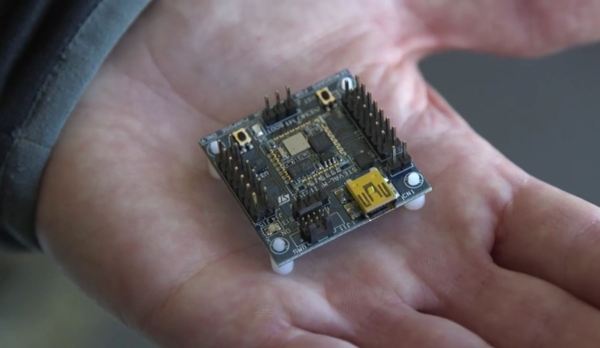Every once in a while, we here at Hackaday stumble across something that doesn’t quite fit in with all the other amazing hacks we feature, but still seems like something that our dear readers need to see as soon as possible. This video of homemade rockets in Thailand is one of those things.
It comes to us from our friend [Leo Fernekes], who documents a form of amateur rocketry that makes the Estes rockets of our youth look pretty tame. It’s far easier to watch than it is to describe, but for a quick summary, the rockets are bamboo rings with a steel pipe across the diameter. The pipe is packed with homemade gunpowder and provided with nozzles that create both thrust and rotation. When ignited by torches touched to seriously sketchy primers, the rocket starts to spin up, eventually rising off the launch pad and screwing itself into the sky on a twisting column of gray smoke.
At three or four meters across, these are not small vehicles. Rather than letting a steel pipe plummet back to Earth from what looks like several hundred meters altitude, the rocketeers have devised a clever recovery system that deploys a parachute when the rocket motor finally melts through some plastic straps. The use of banana tree bark as a heat shield to protect the parachute is simple but effective; which is really the way you can describe the whole enterprise. [Leo] has another way to describe it: “Dangerously negligent madness,” with all due respect and affection, of course. It looks like a big deal, too — the air is obviously filled with the spirit of competition, not to mention the rotten-egg stench of gunpowder.
Should you try this at home? Probably not — we can think of dozens of reasons why this is a bad idea. Still, it’s amazing to watch, and seeing how much altitude these cobbled-up rockets manage to gain is truly amazing. Hats off to [Leo] for finding this for us.
Continue reading “The Dangerously Delightful Homemade Rockets Of Thailand”

















